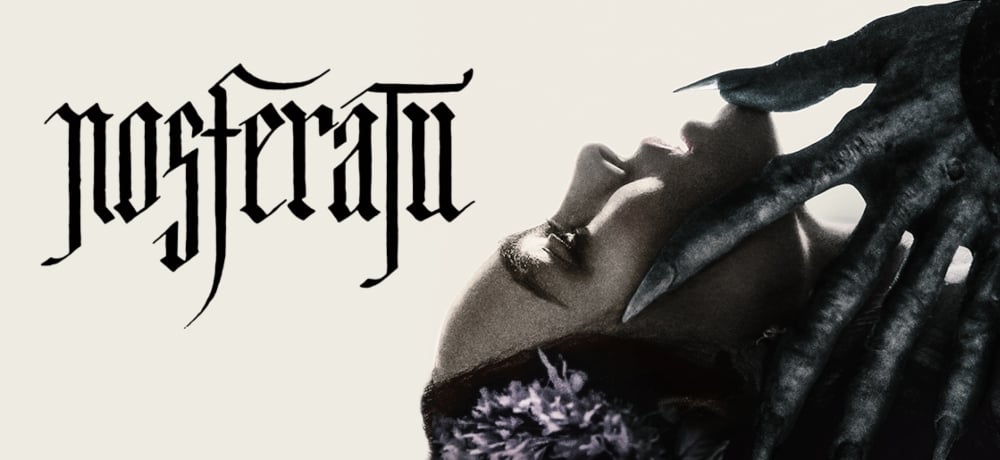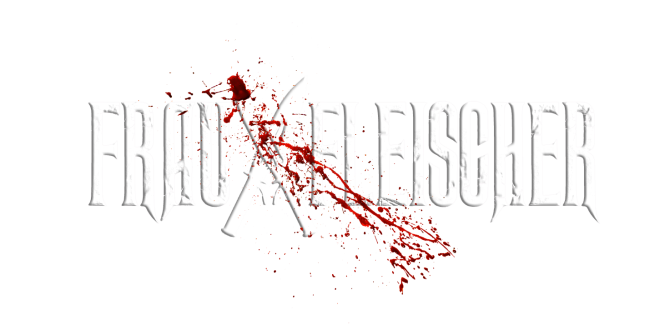Brooklyn 45 And The Importance of Messy Queerness


We’re in an era where we are getting more queer characters written by queer people. Queer characters who have baggage. That baggage is front and center of and for the story, and doesn’t shy away from the humanity of the queer character. A recent, and most pristine, example of this is writer/director Ted Geoghegan’s Brooklyn 45.
Brooklyn 45 tells the story of a group of friends who fought in both World Wars. They’re brought together by Lt. Col. Clive Hockstatter (Larry Fessenden) after the suicide of his wife who he wants to attempt to reach beyond the grave. He trusts this group to help him achieve that. Amongst the group is Mjr. Archibald Stanton (Jeremy Holm), our lone queer.
Archie, as he’s called by his friends, comes onto the screen with charisma and confidence. There’s no indication of his sexuality. The casual moviegoer would assume this man is your typical straight dude. He’s jovial and has a smile plastered on his face that is neither prickish nor impish. It’s just who he is. That is until he looks at a flag, and his face falls. What secret does Archie hold? Before he enters the screen, he’s called a “war criminal.”
Also Read: The Music Library is Open: 8 Queer Horror Film Composers To Know
Before we learn of his war criminality, his sexuality is revealed when he tells his friends that he spooned a British soldier during the war. Not exactly a legit “Oh! Archie is gay!” moment, but it’s solidified a few moments later with the use of the F slur from fellow “friend,” Mjr. Paul DiFranco (Ezra Buzzington).
After a conversation about what each friend has been through, a surrounding “fuck you” rang out to everything about the war. “Fuck ‘em all,” was Archie’s stance. Paul’s response was, “Fuck ‘em all. See now, that’s the faggot’s credo. Right, Archie?” Archie shoots back with a wonderful read, “It was for a couple of years. Then we had a meeting of the Nancies, and we changed it to, ‘Keep calling us faggots, and we’ll feed you your goddamn teeth.” Although that moment ends in laughs, thus begins a sense of tension between Paul and Archie. Initially, this tension may seem it is because of Paul not accepting Archie’s sexuality, but it goes beyond that. We learn the true reason further on in Brooklyn 45.
Also Read: James Whale: Father of Fear
When I spoke to Geoghegan about Archie, the care that was put into the character’s good and bad aspects became immensely obvious, even down to Archie’s wardrobe. “While everyone else is either in their military fatigues (because they wouldn’t allow the war to be over) or dressed conservatively … Archie is in a firetruck red blazer,” he said. Ted expanded that, saying “… Archie’s outfit was inspired by holly berries. The room was designed to feel ‘Christmassy’ without a single decoration, and Archie is the single red dot in the middle of all that lush evergreen.”
Archie could also be that holly berry due to a terrible act that he committed during the war that differentiates him from everyone else. The aforementioned label of war criminal comes to light when the supernatural moments begin, and secrets start to spill. He went to trial after being accused of the loss of 56 children and was found not guilty with the help of Paul’s testimony (there’s that tension!). Whatever entity is keeping the group locked in that one room definitely wanted them to confront their demons as it is revealed that Archie was actually the reason that those 56 children lost their lives. He was informed by Clive to throw grenades into the shelter that the children were in to dispose of a few war opponents. If he did, the act would be covered up, and he’d come out a great war hero. So Archie did.
Also Read: The ‘Saw’ Apprentices, Ranked by Their Queerness
Later in Brooklyn 45, when he’s able to open the door to the room that they are stuck in, it’s opened to reveal stacks of the burning bodies of the children within that shelter. He’s been struggling with what he did for so long, and his continuous proclamation that he’s a good man reveals that he’s in limbo about who he is as he is in this sort of limbo within the room that they can’t escape. Archie’s plight isn’t his sexuality but moreso his actual humanity. Archie continuously says that he’s a good man.
Geoghegan said of Archie’s past:
“I hope that people don’t leave the film hating Archie … He did something horrible. But the film begs the question what makes us good or bad people? I feel like every time Archie said ‘I’m a good man’ as his eyes well up and his nose gets stuffy, he’s not just trying to convince Marla, he’s trying to convince himself.”
It’s Archie’s relationship with Marla (Anne Ramsay) that makes an even bigger statement on what he did. Geoghegan mentions that Archie revealing to Marla that he actually did commit this act was something that hurts his heart every time he sees it. Marla and Archie have been friends since childhood, and although Archie felt comfortable enough with her to let her know his sexuality, he never felt comfortable enough with her to reveal that he was the ultimate cause of the loss of the lives of children. Ted related it as a coming out moment with Marla, and Marla’s response to hearing that Archie was the cause of the deaths (she nearly vomits, and no longer sees him as she once did) was a response that Archie feared.
Also Read: The Ten Best Queer Relationships In Horror
Archie’s horrible act that he committed during the war was very important to Geoghegan as he was creating the character. “Having Archie do a horrible thing that any person might be pushed into doing was extremely important to me. It didn’t matter that he was gay. He was human,” he said. This is very important for queer characters within any genre. Within previous years, queer characters were on the sidelines without much story. They are there for laughs or for the sass or to carry the lead straight character to the next plot point. Mostly, queer characters were just there. Giving queer characters a plight and a reason to exist within a story is tremendous. Making them human, even in a messy sense, is tremendous.
“LGTBQ+ people are just as capable of making terrible decisions as straight people. I’m a messy queer person. I want to see more messy queer characters in art … Representation means being truly seen, warts and all,” Geoghegan further explained. Yes, we love to see queer characters in a great light, but the light isn’t always great. That’s just life. Just like a straight character’s storyline has issues, it’s actually a greater deal for queer storylines to have those aspects. It makes the representation even more real thus making queer individuals even more real.
Also Read: David DeCoteau’s ‘House of Usher’ is the Horniest Poe Adaptation Out There
“Representation is not just about golden gods. If all of the LGBTQ+ people, people of color, gender-fluid humans, etc are all PERFECT in art then they’re not being properly represented,” Geoghegan said. It’s a perfect sentiment to represent that all minority stories shouldn’t just be superficial. They should represent minorities with the good, the bad, the ugly, and the beautiful. Geoghegan does just that with Archie.
Archie is a messy queer character in the sense that he has a life outside of his sexuality, and in that life, he made a tremendous mistake. By the film’s end, once the survivors make it out of the room, he decides to turn himself in for what he did. “See you in the papers,” he tells Marla before he walks away into the night.
Geoghegan ended our conversation by stating that Brooklyn 45 was “his whole heart.” While speaking with Dread Central’s editor-in-chief, Mary Beth McAndrews, he revealed that his father—who was a staff sergeant in the Air Force, and received a degree in US History with an emphasis in 20th century history—was a huge part of creating this film. It’s a beautiful film that combines pieces of Geoghegan with his father to whom he dedicated the film to.
Brooklyn 45 will forever be a testament to Geoghegan’s craft, relationship and partnership with his father, and to its messy queer, Archie.
Categorized: Editorials





